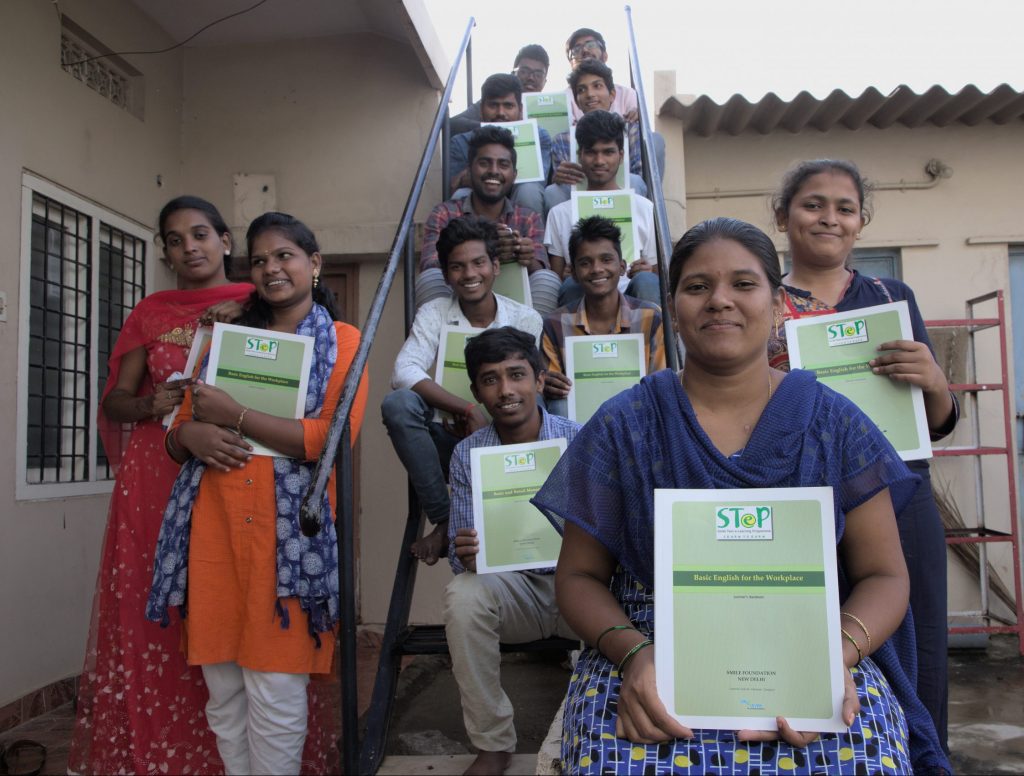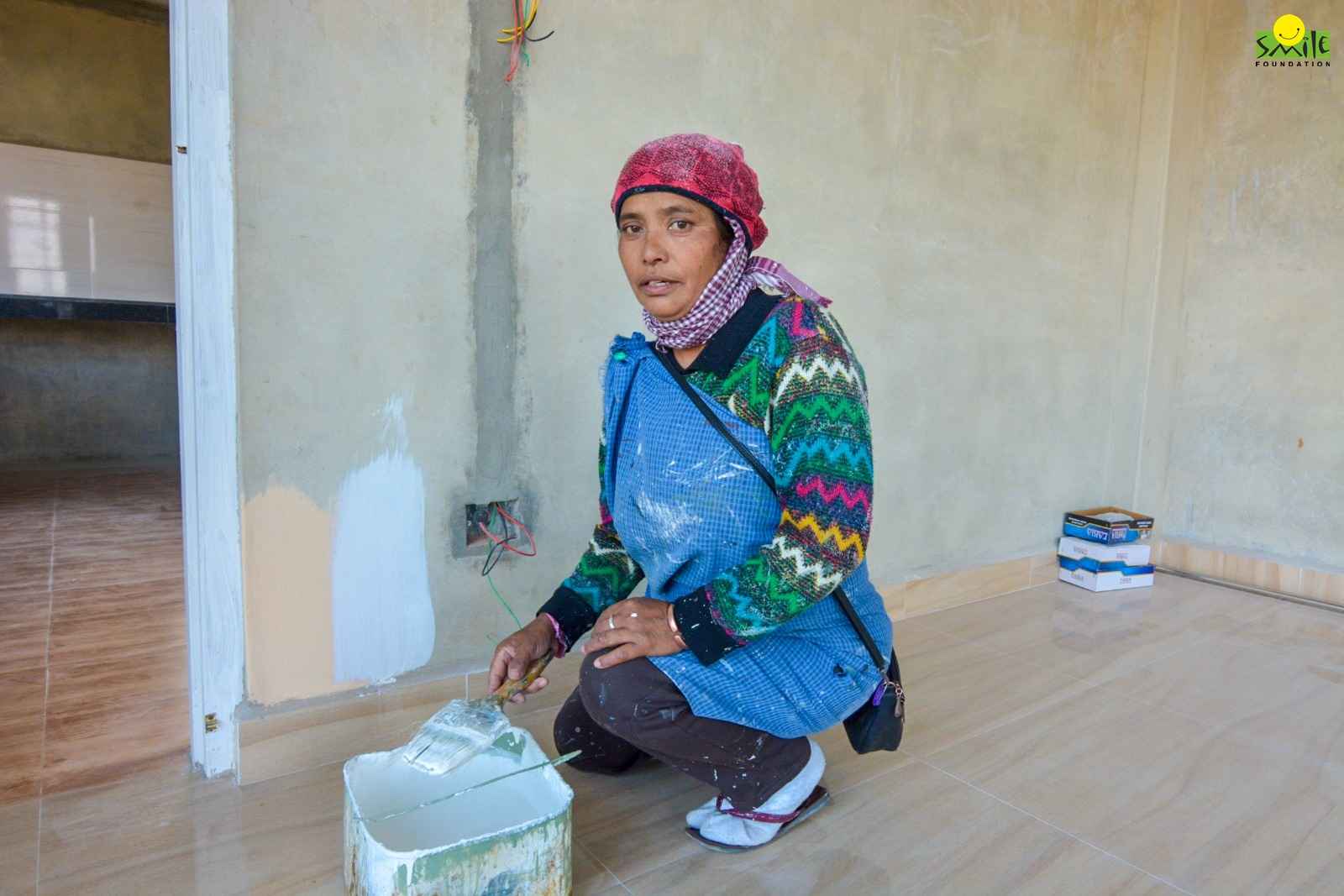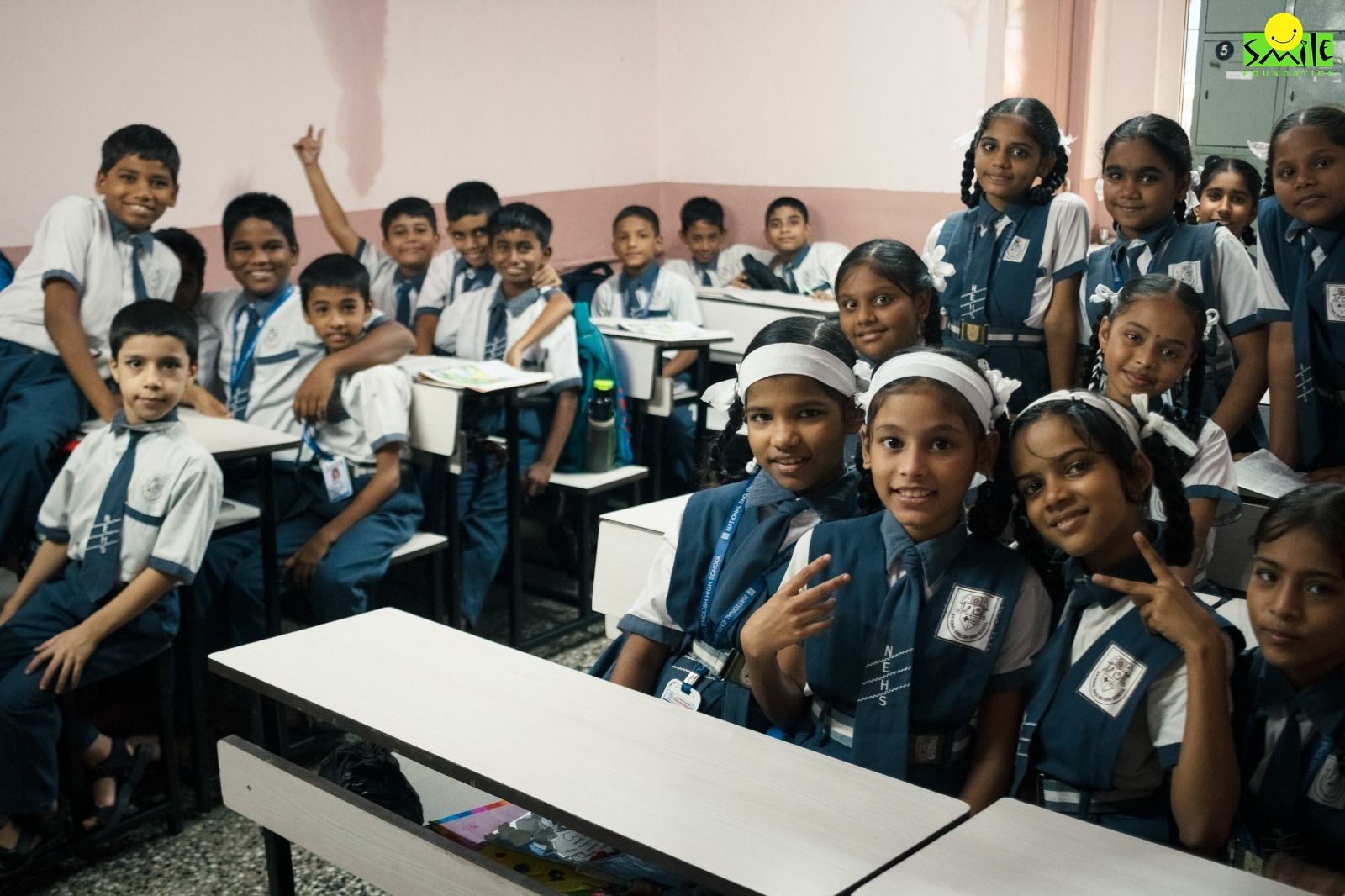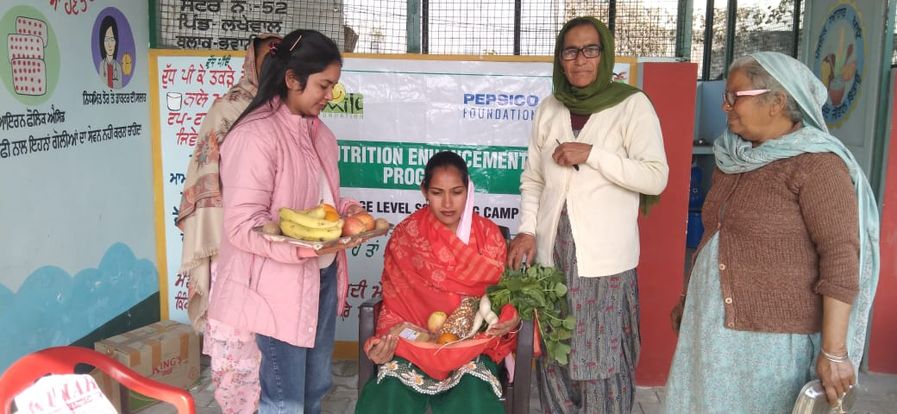In a world brimming with huge potential, the youth stand as the vanguard of change, innovation, and progress. Their energy, creativity, and unique perspective are invaluable assets that, when channeled positively, can lead to transformative outcomes for society. How can India harness its youth power for good, mobilize the younger generation’s dynamism to foster a more just, sustainable, and prosperous world.
Youth power is the collective energy, ambition, and potential of young people. It is a force that can be harnessed for social activism, economic development, and cultural enrichment. To tap into this power, we must understand the challenges and aspirations that drive today’s youth.
Young people aspire to make a meaningful impact. They seek opportunities for education, meaningful employment, and a voice in the decisions that shape their lives and communities. Fulfilling these aspirations is key to unleashing their potential for good.
How does youth empowerment impact society? Channelizing youth power
Society is composed of individuals, and individuals are shaped by society. The youth, being a vital part of society, must be recognized as an empowered force for sustainable growth in the future. To fully understand the impact of youth empowerment on society, we need to combine quantitative data collection with qualitative analysis. Significant steps must be taken to empower the youth for the benefit of society and future generations.
Measuring changes in youth employment rates, income levels, and entrepreneurial activities can demonstrate the economic impact of empowering young people. Assessing the extent to which young people are involved in community service, political processes, and leadership roles can reflect their increased civic engagement. Educational outcomes, such as graduation rates, literacy levels, and enrollment in higher education, should be tracked to indicate the effectiveness of youth empowerment initiatives.
Health is an important element of growth, and monitoring health-related metrics, including mental health statistics, access to healthcare, and rates of substance abuse, can demonstrate the impact on youth well-being. The level of inclusion of marginalized youth groups in empowerment programs should also be evaluated. The number of youth-led initiatives, patents, and creative projects can indicate the level of innovation being fostered through empowerment.
Changes in behaviors and attitudes towards societal issues, such as gender equality and environmental conservation, can show shifts in social consciousness. Lastly, analyzing the participation rates in youth programs and initiatives can provide insights into the reach and engagement of empowerment efforts.
Challenges Faced by the Youth
Today’s youth navigate a complex landscape marked by rapid technological change, economic uncertainty, and pressing global issues like climate change and social inequality. Despite these challenges, they possess an unprecedented ability to influence the future.
They face numerous challenges in utilizing their potential for good, amidst increasing opportunities and competition. Many struggle to access quality education and employment opportunities that align with their skills and aspirations. Economic barriers such as poverty and lack of financial resources often impede their ability to pursue their goals and make meaningful contributions to society.
The digital divide can further exclude some young people from the benefits of technology, which is increasingly important for innovation and communication. Traditional societal expectations and norms limit the roles and contributions of young people, particularly in leadership and decision-making. Health issues, including mental health challenges arising from technology usage, can also hinder their ability to engage fully in societal development.
While young people are deeply concerned about environmental issues, they may lack the necessary support and platforms to effectively address these challenges. Additionally, marginalized youth, including those from minority groups or with disabilities, often face challenges in being heard and included in empowerment efforts.
Role of Government
Governments have the potential to channel the power of the youth for good by engaging them in decision-making processes, promoting inclusive governance, and providing opportunities for their growth and development. To do so, they can implement a variety of strategies, such as creating youth councils and forums to increase participation in political, social, and economic spheres.
To ramp up youth employment, governments can create job opportunities, internships, and apprenticeships that provide meaningful work experience and skill development. They can also engage young people in peacebuilding and gender equality programs to promote a culture of peace and inclusivity.
Moreover, governments should invest in education and training programs that equip young people with the skills required for the modern workforce, including digital literacy and entrepreneurship. It is essential to ensure access to health services, including mental health support, and promote sports and recreational activities that contribute to the physical and mental well-being of young people.
To encourage their active role in sustainable development initiatives, governments should incorporate youth in the integration, implementation, and monitoring of the SDGs. They should also recognize their capacity to innovate lead community projects and provide financial and institutional support for initiatives led by young people.
Furthermore, establishing legal frameworks that protect the rights of young people and enable them to pursue opportunities without discrimination or barriers is crucial. Governments should collaborate with international organizations and other countries to share their best practices and resources for youth empowerment, creating opportunities for cross-cultural exchange and making a significant impact in channeling the power of youth towards positive change and development, ultimately benefiting society as a whole.
Role of NGOs for youth power
Nonprofits can play a vital role in channeling the energy of young people for positive social change. Nonprofits can act as intermediaries between individuals in need and those with surplus resources. They facilitate collaborations and networking that help to direct resources to the right places. Development organizations also offer educational programs and skill development workshops to empower young people with the knowledge and tools they need to succeed in today’s world.
Smile Foundation is an example of a nonprofit that works towards empowering youth and future generations through various projects such as Project Manzil, merit-based scholarships, mission education, STeP, and other impactful programs. They also offer mentorship opportunities and leadership training that help young individuals develop the confidence and skills necessary to lead and positively influence their communities.
Nonprofits provide a platform for young people to express their ideas and opinions and engage with a larger audience. They promote inclusivity by ensuring that all young people, regardless of their background, have equal access to opportunities and resources. Nonprofits also focus on implementing programs for the mental well-being of young people, further raising awareness and guiding them in the right direction. By focusing on these areas, nonprofits can harness the potential of young people to create positive change in society.
The time is now
The time to act is now. By harnessing youth power for good, we can address some of the most pressing challenges of our time and build a brighter future. It requires commitment, collaboration, and a belief in the potential of young people. Let’s rise to the challenge and empower the youth to lead the way.








